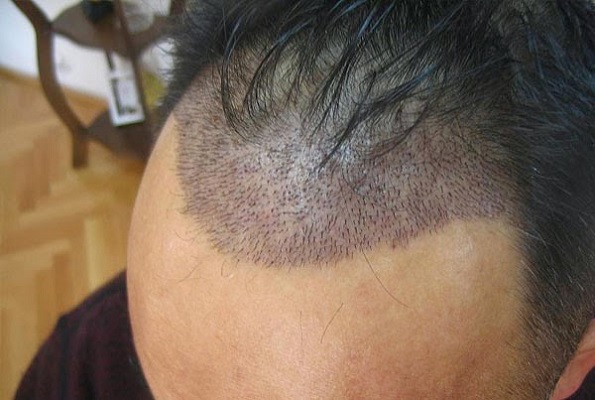More and more people are relying on capillary micrografting techniques to eliminate the problems of baldness and alopecia. At Dr Dutt Hair Transplant Clinic in Delhi , we use the FUE technique, from the Follicular Unit Extraction, one of the most innovative and important procedures for hair transplant in Delhi.
In this blog, we explain some of the most important data about hair micrografting using the well-known and so beneficial FUE Hair Transplant in Delhi: what it consists of, how is the procedure and its incredible advantages.
WHAT DOES IT CONSIST OF?
The structure of the scalp is divided into two fundamental areas: the donor area, which is on the back (occipital) and lateral of the head; and the receiving area, which is located in the upper part, in the crown, and in the upper part of the forehead.
This technique involves the individual extraction of follicular units from the donor area in order to repopulate the receptor areas where baldness has occurred.
It is recommended to apply the FUE micrograft in people who do not want to undergo a more aggressive intervention to recover their capillary density and who also want to avoid scars. This technique is very beneficial in those men who want to fight the incipient entrances with a painless method and with very natural results that are hardly appreciated and is recommended in people who want to wear short hair.
Although it is a long and laborious intervention, as the follicles are transplanted one by one to repopulate areas with a lower capillary density, the results are so positive that more and more patients are interested in this best hair transplant in Delhi.
HOW IS IT THE PROCEDURE?
The following movements are followed:
- Shaving of the donor area. The hair is shaved leaving a length of approximately 1 or 2 mm.
- Local anaesthesia. Local anaesthesia is administered in the donor area. The patient will remain awake and aware throughout the process.
- Follicular units extraction. The process begins with the extraction of follicular units that we will use for repopulation. We introduce a punch of 0.8 to 0.9 mm in diameter in the skin, we thread the salient hair and cut the length of the unit, extracting it delicately with tweezers.
After extraction, hair transplant surgeon in Delhi reviews the grafts and order them by number of follicles that make up each follicular unit. We leave them at rest with a solution with physiological serum, and we prepare them to re-implant.
- Grafting of the units. Hair transplant doctor in Delhi makes the holes following a line of action that will depend on the density of the implants and the direction of the implantation, all so that the result is as natural as possible. We use, when indicated, the technique using implanters.
ADVANTAGES OF THE FUE TECHNIQUE
There are many benefits that our patients receive when undergoing this procedure, the main one being the extraction of the follicular units and the verifiable fact that there will never be a problem of immunological rejection to be hair of the same patient.
- Minimally invasive Micro-scallops with a hollow cylindrical tip with a fine diameter between 0.7 to 0.9 mm are used. No type of large cut is made.
- It does not leave a scar. This device leaves tiny holes that are healed within a week. It will not leave a visible scar, so it will not be noticed that there has been a surgical process.
- Quick recovery. The technique is much shorter and the process is completely painless, being able to make a normal life immediately.
- Natural result There is no trace of procedure, therefore a result is totally imperceptible to the naked eye.
If you want to know more about the FUE Technique, at the hair transplant center in Delhi we are specialists in capillary micrografting in Delhi, so we will guide you through the process so that you do not have any doubt if you finally decide. Our priority is that you are totally sure of the step that you are going to take and that you are satisfied with the results that end.

No comments:
Post a Comment